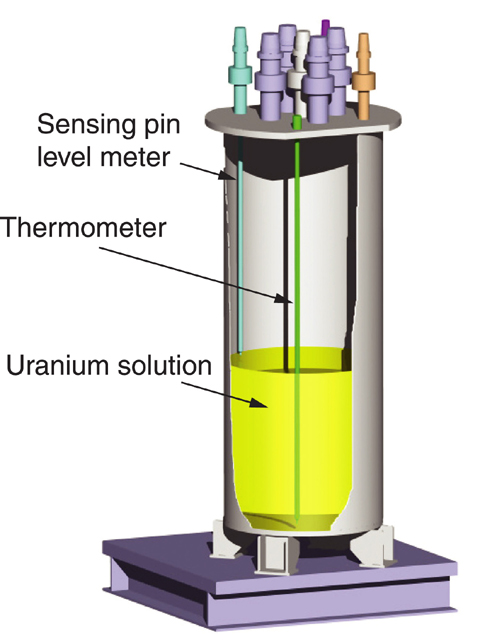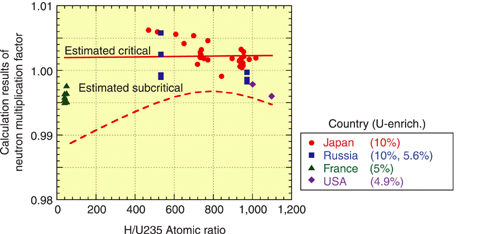
Fig.5-13 Schematic diagram of the tank of the Static Criticality Experiment Facility STACY

Fig.5-14 Accuracy evaluation results of the current criticality calculation method
From nuclear fuel cycle facilities including power reactors, various wastes are discharged. The amount of wastes can be reduced if fuels are burned for a longer duration. In order to introduce higher burnup uranium fuels, both the integrity and increased initial enrichment of fuels become important.
The former topic was discussed in Topic 5-3 of this review series in 2006. Research efforts related to the latter topic will be explained below.
The traditional nuclear fuel cycle restricts the upper limit of uranium enrichment to 5%. The use of uranium fuels in 235U enrichment higher than 5% would reduce the critical mass. For example, when the means of criticality safety control is adjustment of the diameter of the cylindrical container for uranium solution, the diameter of the container should be reduced. A simple reduction of the container diameter would reduce the throughput, which should be avoided as much as possible. This minimum reduction can be realized by estimating precisely the required neutron multiplication factor (NMF); this is crucial for determining the cylinder diameter.
We have performed criticality experiments to confirm errors in the calculated NMF. The critical heights of 10% 235U-enriched uranium solutions were measured to a high degree of precision at the STACY facility (Fig.5-13).
By analyzing the data of criticality experiments, performed at STACY and at facilities in foreign countries and whose high precision was guaranteed through international cooperation, we evaluated the errors of calculations made with a combination of the computer program MVP II and the nuclear data library JENDL 3.3. The results of this analysis are shown as symbols in Fig.5-14. The NMF for critical conditions should be unity. However, the calculation results deviate and scatter from 1.0 because of errors in the computer code and nuclear data library. The estimated critical value of the NMF, at which systems are likely to become critical, and the estimated lower-limit value, below which systems are unlikely to be critical, were obtained by a statistical analysis and plotted as solid and broken lines, respectively in Fig.5-14. The dependences on uranium enrichment and on H/235U atomic ratio, which greatly affect neutron moderation, were considered. These considerations are expected to lead to a higher precision in criticality safety evaluation.
We are performing criticality experiments and analytical research as described above for preparing methods and data for nuclear criticality safety evaluation of high-burnup fuel cycles; these will be carried out in the near future.